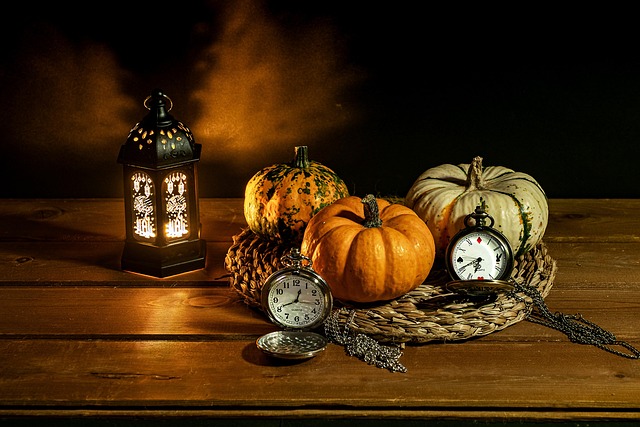Photography is much more than just capturing an image; it’s about evoking emotions and telling stories through visuals. When we talk about mood creation in photography, we delve into the artistic process of molding ambiance and feelings through careful composition. Whether you are an experienced photographer or just starting out, mastering the art of composition is crucial for creating captivating photographs that resonate with viewers.
Composition is like the backbone of a photograph. It provides structure and forms the foundation upon which mood is built. The way you arrange elements within your frame can influence the emotional response of your audience. For instance, placing a subject off-center can create tension and interest, whereas centering it may evoke a sense of calm and stability. Understanding these nuances allows photographers to manipulate visuals to elicit desired moods.
One of the most significant tools at a photographer’s disposal is the camera. With various settings and features, you can adjust depth of field, exposure, and focus. Optics play a vital role in shaping the overall mood of the photograph. A wide aperture creates a shallow depth of field, leading to blurred backgrounds that emphasize the subject and instill a feeling of intimacy. In contrast, a deep depth of field keeps everything in focus, often creating a more expansive feel that may evoke tranquility.
The choice of lighting is yet another critical element in mood creation. Natural light can convey warmth and softness, while harsh artificial light might create drama and tension. Pay attention to the golden hour, where the sunlight wraps the world in enchanting hues, or utilize shadows to add mystery and emotional depth to your images. Experimenting with different light sources and angles can dramatically shift the mood of your photos.
Color palette also serves as a silent communicator of mood in photography. Warm colors like reds and oranges can evoke feelings of excitement and energy, while cool colors like blues and greens may bring about calmness and serenity. Consider how the color scheme interacts with your subject and surroundings to enhance or modify the emotional quality of the photograph. Saturation and contrast adjustments in post-processing can further amplify these effects.
Additionally, incorporating leading lines and framing elements can guide the viewer’s eye toward the subject while simultaneously contributing to the overall emotional impact of the image. Use roads, rivers, or pathways as lines that lead into your frame, inviting viewers to embark on a journey along with your subject. The framing can create depth and context, further enriching the storytelling aspect of your photographs.
Ultimately, the art of composition in photography hinges on intention and sensitivity to the surroundings. It requires practice, patience, and a willingness to experiment. Embrace the learning process as you explore how different compositional techniques influence mood and emotional response. The more you tune into your creative instincts, the more effectively you will capture the moods that speak to both you and your audience.
By mastering composition and understanding the tools at your disposal, you can transform an ordinary photograph into an extraordinary visual narrative. Each click of the shutter holds the potential to elicit feelings, share stories, and immerse viewers into a world crafted by your vision.



